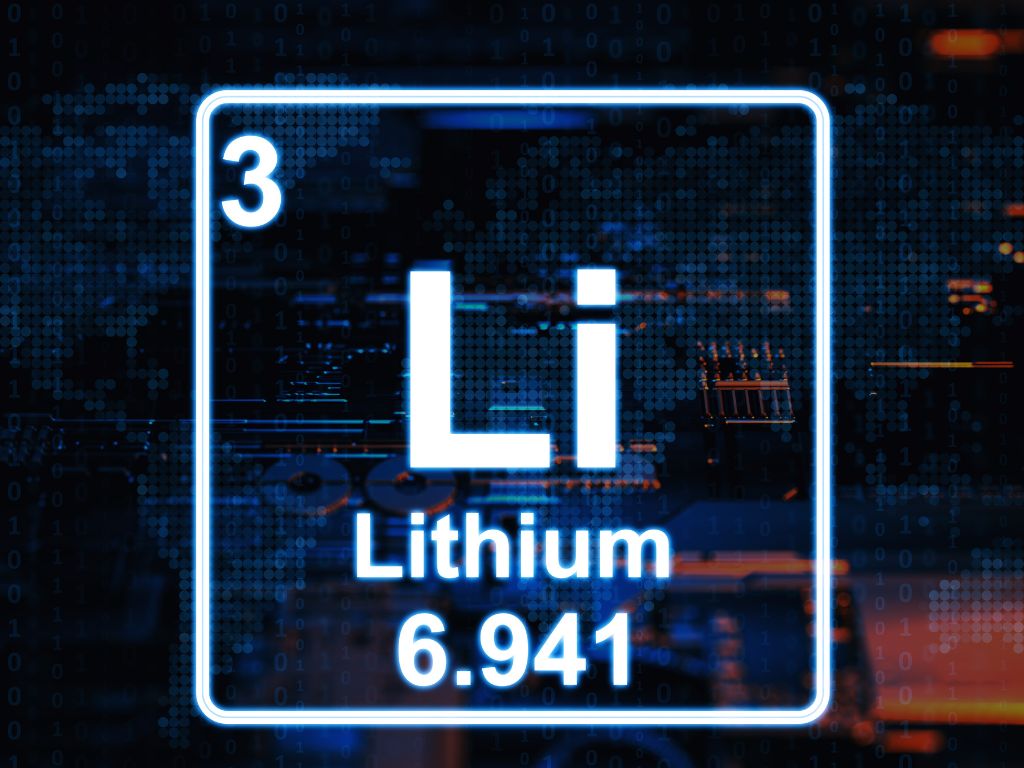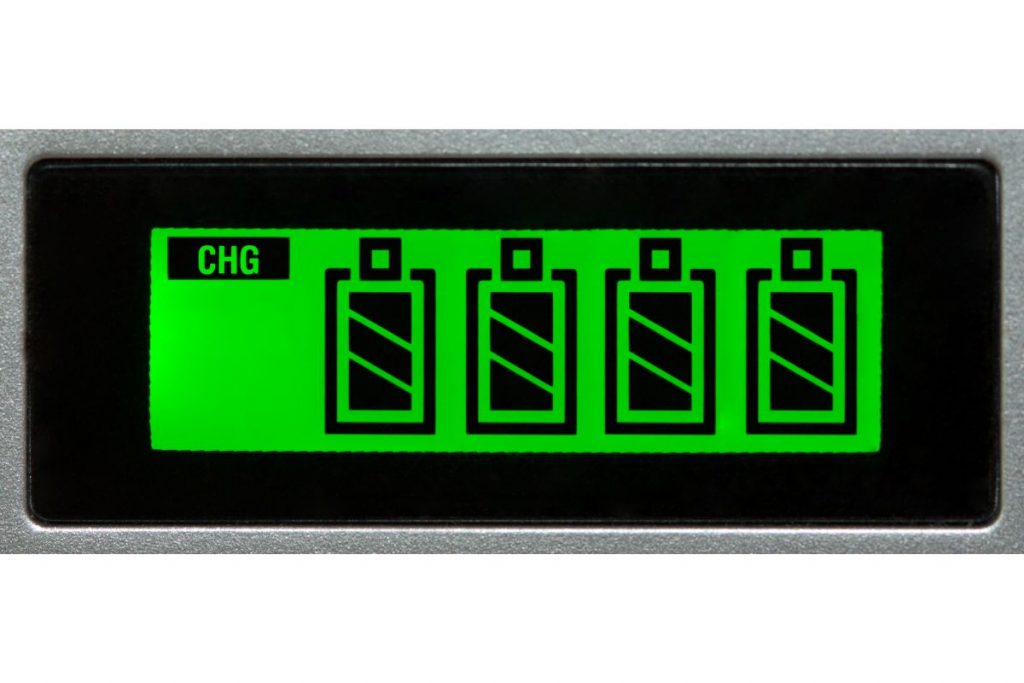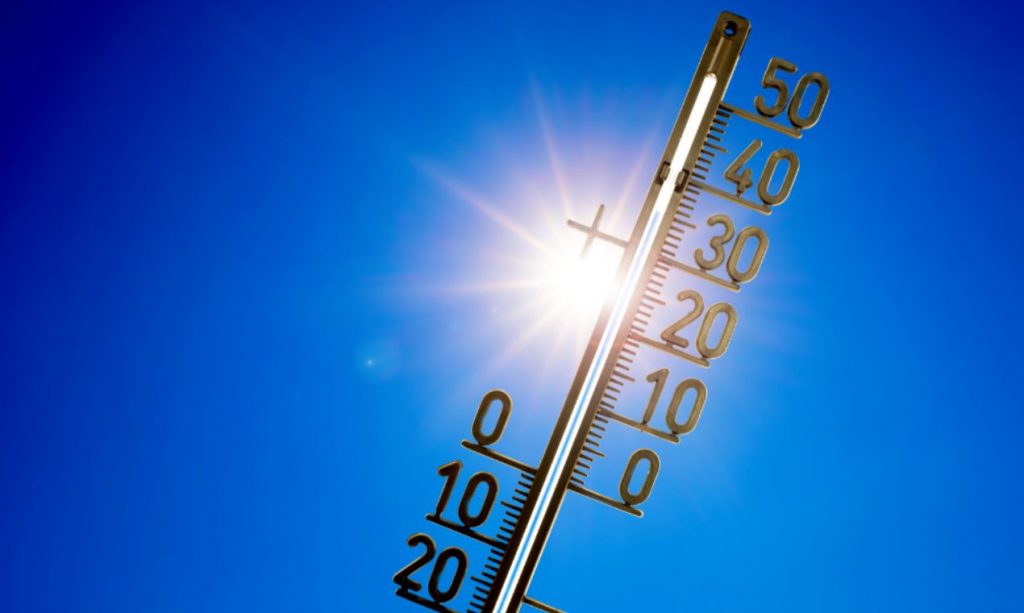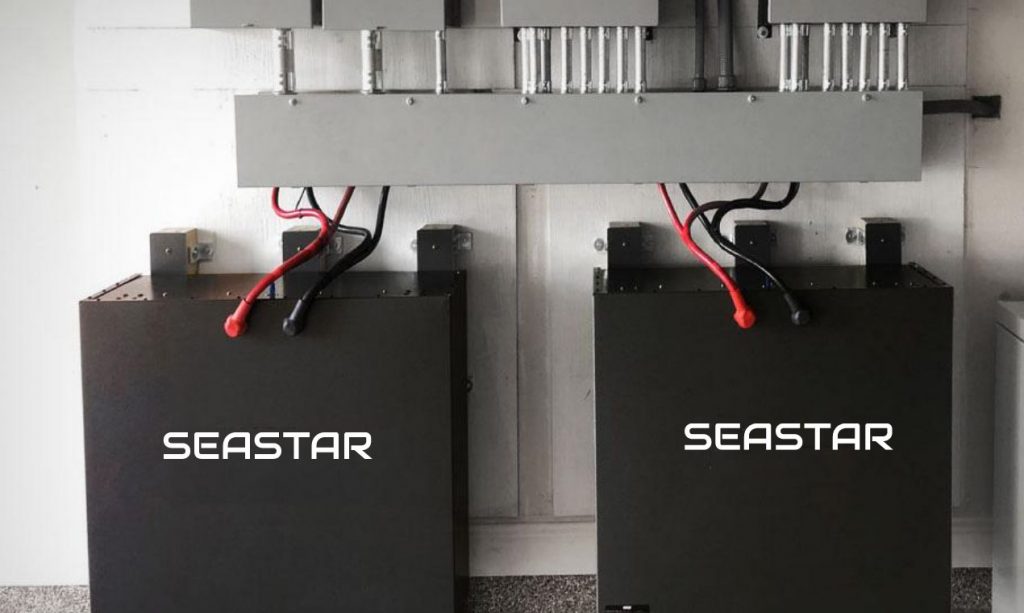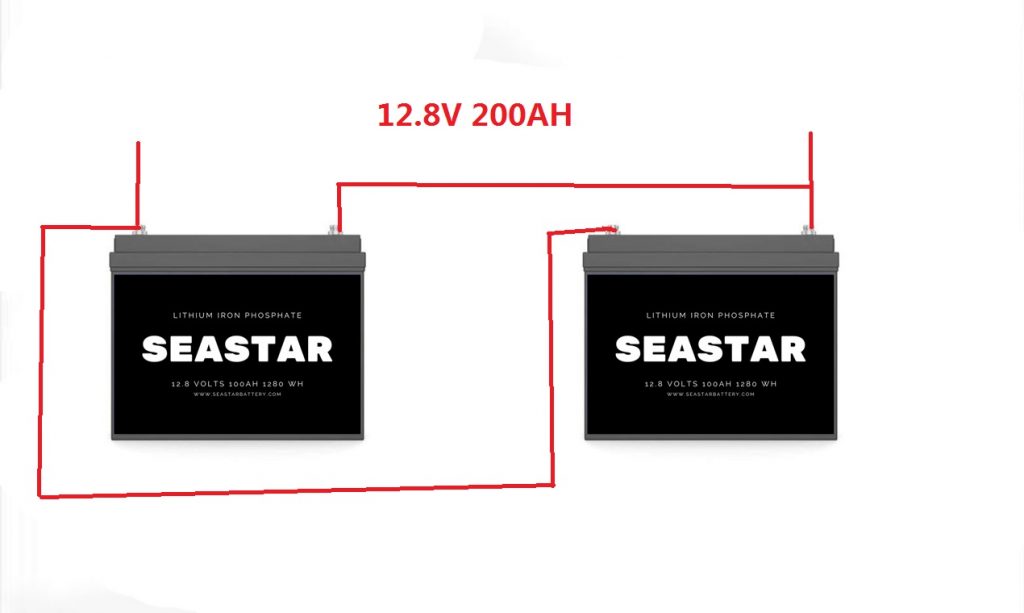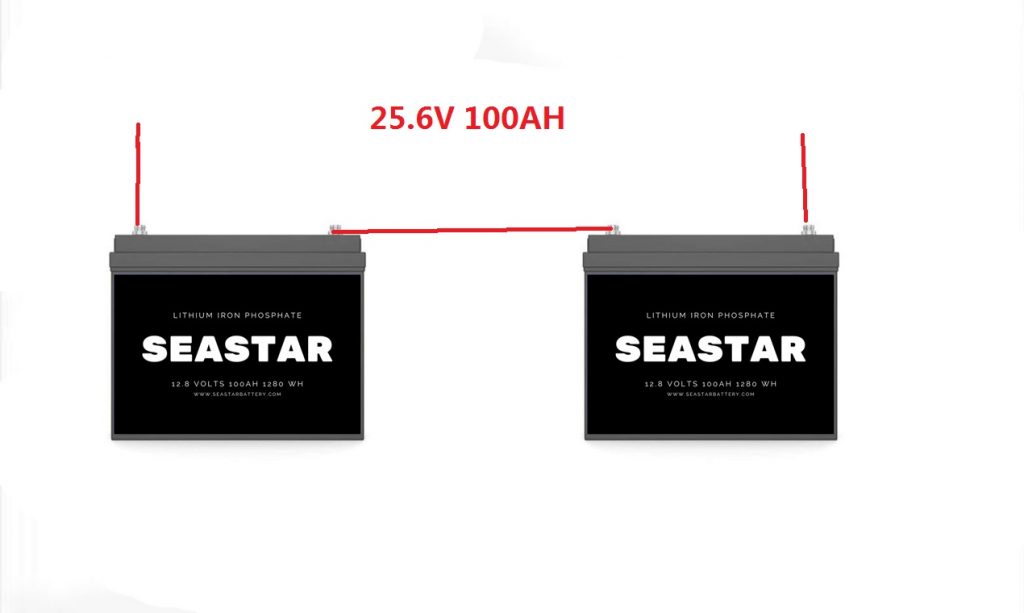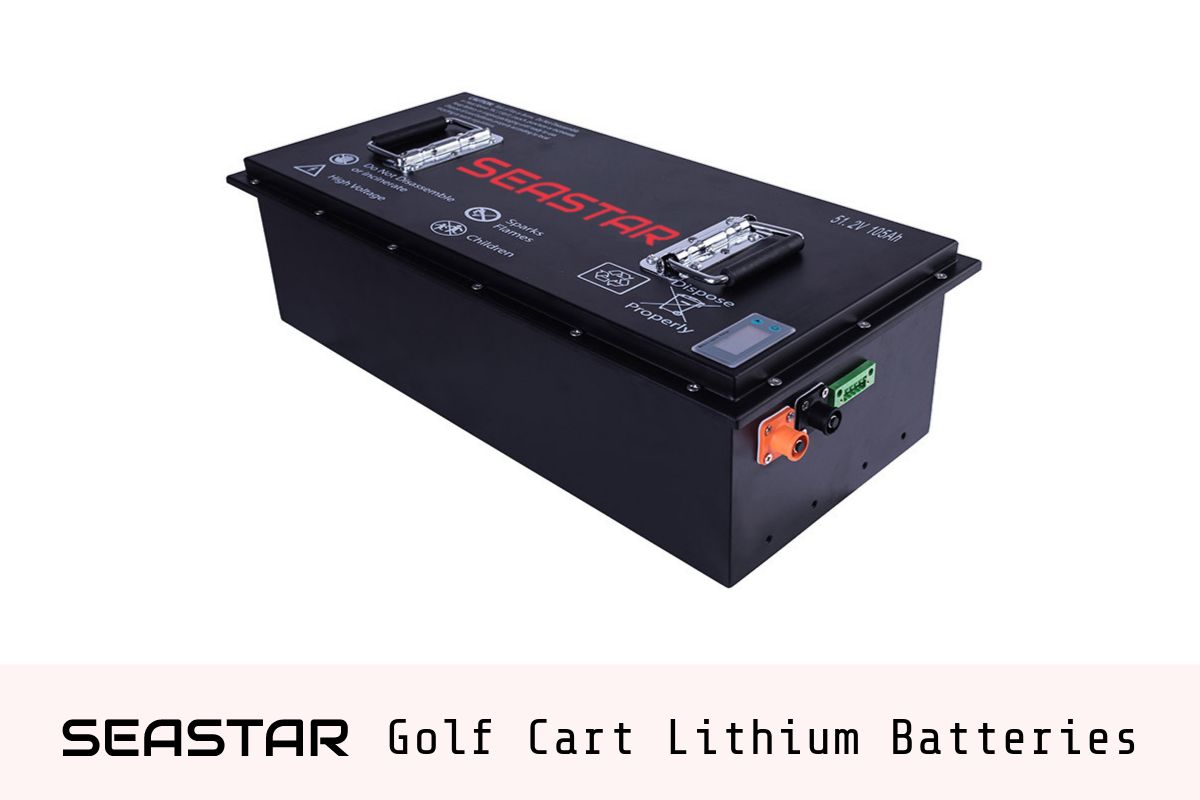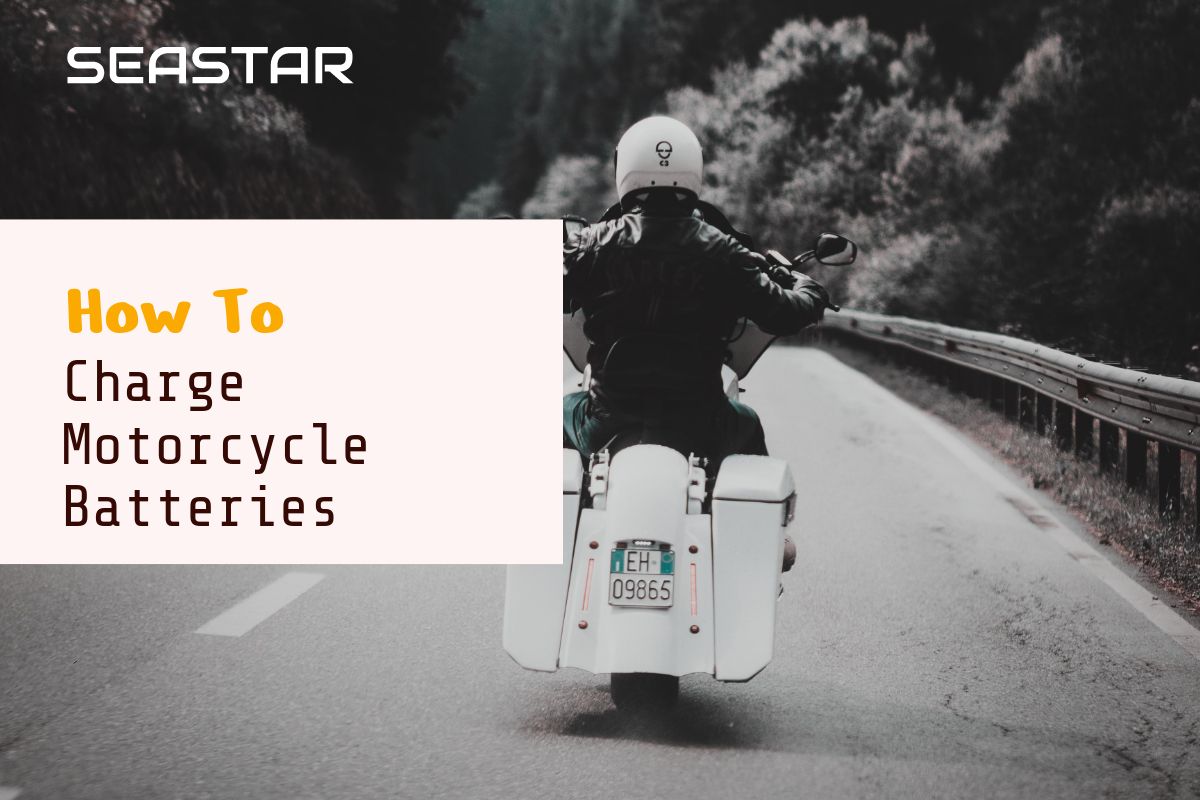The Origin and Evolution of Ionic Lithium Batteries
Where we explore the captivating world of ionic lithium batteries. As a leading lithium battery manufacturer based in Shenzhen, China, we’re thrilled to take you on a journey through the origin and development of these groundbreaking energy storage devices. In this article, we’ll delve into the rich history and pivotal milestones that have shaped the evolution of ionic lithium batteries.
Table of Contents
The Birth of Ionic Lithium Batteries
In the 1970s, M. Stanley Whittingham, John B. Goodenough, and Akira Yoshino conducted groundbreaking research that laid the foundations for ionic lithium batteries. These esteemed researchers went on to receive the Nobel Prize in Chemistry for their contributions.
Lithium Cobalt Oxide Cathode
Whittingham introduced the concept of using lithium cobalt oxide (LiCoO2) as a cathode material, opening the door to the development of high-energy-density lithium-ion batteries.
Electrolyte Advancements
Yoshino’s work on replacing metallic lithium anodes with carbon-based materials and non-aqueous electrolytes led to the commercialization of the first lithium-ion battery in 1991, ensuring safer operation.
Advancements and Commercialization
Through continued research and development, new cathode materials like lithium manganese oxide (LiMn2O4), lithium iron phosphate (LiFePO4), and lithium nickel cobalt aluminum oxide (LiNiCoAlO2) were discovered, offering improved performance, safety, and stability.
Enhanced Energy Density
Persistent efforts to increase the energy density of ionic lithium batteries have resulted in higher capacity and longer-lasting power storage solutions.
Wide Applications
With their commercial success, ionic lithium batteries have found applications in various industries, including consumer electronics, electric vehicles (EVs), renewable energy storage, aerospace, and more.
Future Prospects and Technological Advancements
The development of ionic lithium batteries continues to thrive through ongoing research and innovation aimed at overcoming limitations and enhancing performance parameters.
Advancements in Materials
Exploration of new electrode materials, electrolyte formulations, and battery designs is ongoing to further improve energy density, safety, and cycle life.
Sustainable Solutions
There are ongoing efforts to develop environmentally friendly and sustainable battery technologies, including the investigation of solid-state electrolytes and recycling initiatives.
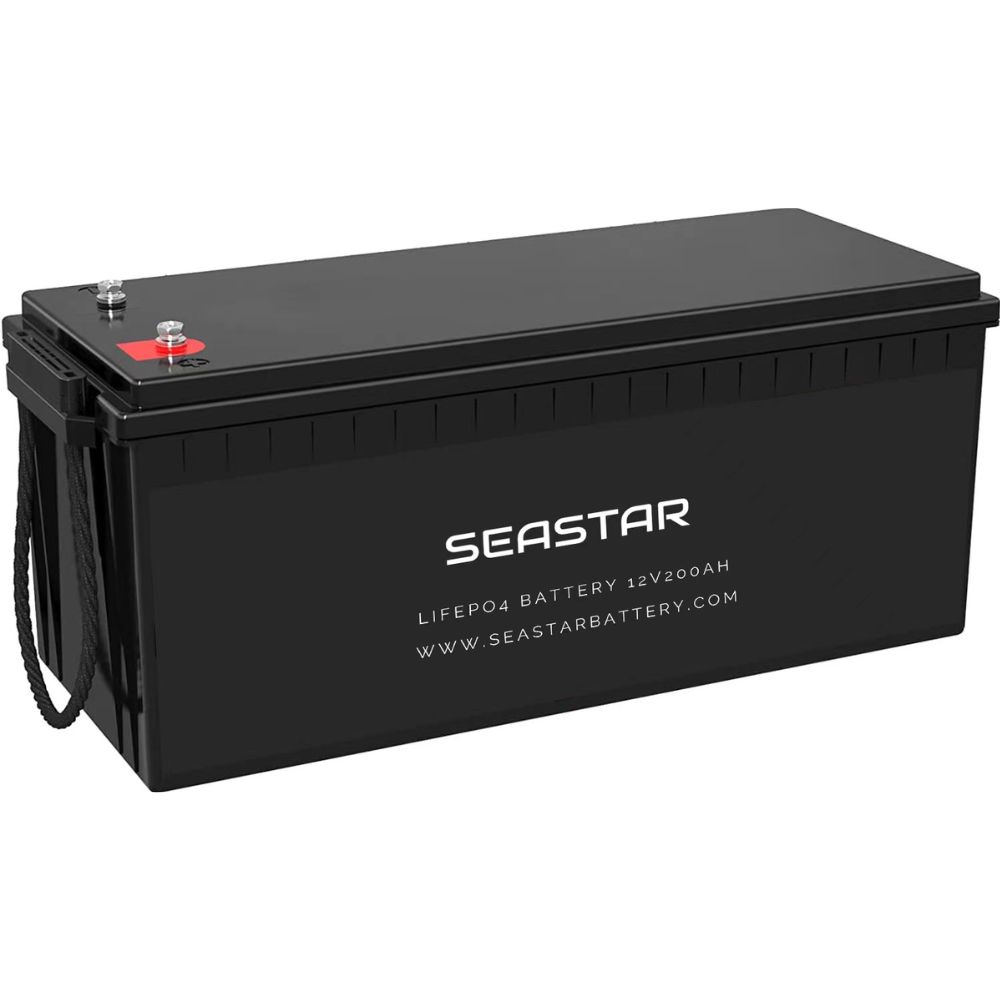
How to Select the Best Lithium Battery for 2023
When it comes to choosing the absolute best lithium battery, it can be a challenging task similar to selecting your favorite fishing lure. Each application and circumstance require specific considerations for optimal performance. As Seastar Battery, a leading lithium battery manufacturer based in Shenzhen, China, we understand the importance of finding the right solution for your outdoor power needs
Conclusion
From their early discoveries to their widespread adoption, the journey of ionic lithium batteries has revolutionized the energy storage landscape. Continuous advancements in materials, manufacturing techniques, and research efforts have led to safer, more efficient, and higher-capacity energy storage solutions. As a leading lithium battery manufacturer, Seastar Battery is committed to driving innovation in the field of ionic lithium batteries and delivering cutting-edge products to meet the evolving needs of various industries.
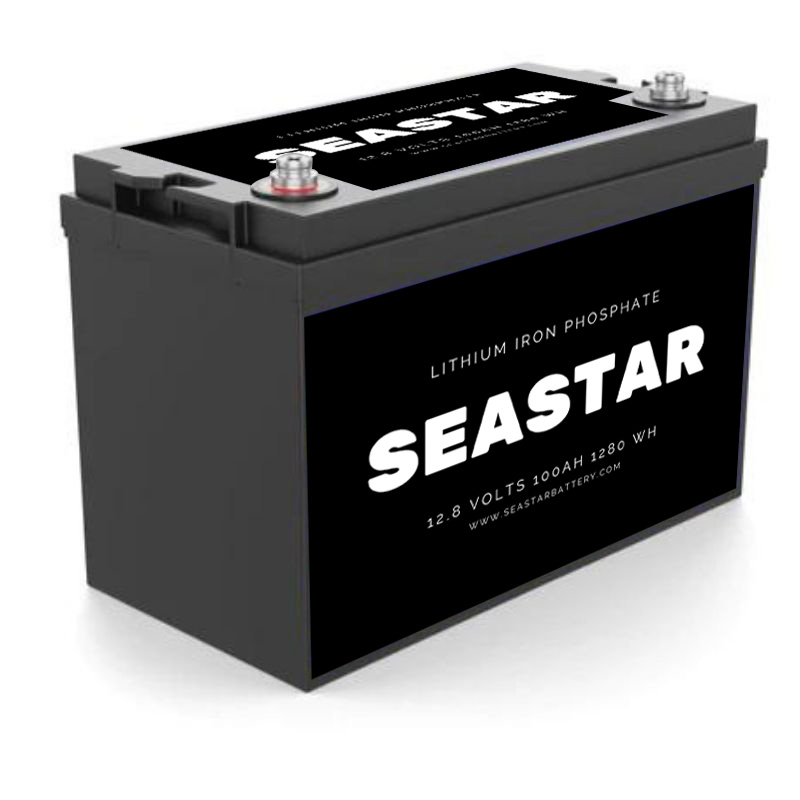
12v 100ah lithium ion deep cycle battery
Seastar Battery is a leading lithium battery manufacturer based in Shenzhen, China. Our 12V 100Ah LiFePO4 battery offers a reliable solution for your applications. Like your Solar energy storage systems, Electric vehicles, Marine applications, Energy storage systems, or RVs and camping
The Origin and Evolution of Ionic Lithium Batteries Read More »

